“We’re complete opposites,” Lisa laughed during our first session, “and that’s exactly what drew us together. I’m this detail-oriented, practical person who plans everything, and Jake is this big-picture visionary who lives in the moment. I loved his spontaneity, and he loved my groundedness. But now, three years later, the same differences that attracted us are driving us crazy.”
Lisa’s story illustrates one of the most common patterns in relationships: psychological opposites attracting. Research consistently shows that people are often drawn to partners whose psychological type complements their own—but what starts as magnetic attraction can become frustrating conflict if couples don’t understand the deeper dynamics at play.
John Beebe’s revolutionary work on the eight-function model provides profound insights into why opposites attract and how these relationships can thrive rather than merely survive their differences.
The Psychology of Opposite Attraction
When we’re attracted to our psychological opposite, we’re often unconsciously seeking completion. The extrovert is drawn to the introvert’s depth, while the introvert is fascinated by the extrovert’s social ease. The thinking type admires the feeling type’s emotional intelligence, while the feeling type is attracted to the thinking type’s clarity and logic.
Lisa and Jake’s Dynamic: Lisa was an ISTJ (Introverted Sensing Thinking Judging) who had developed strong skills in planning, organizing, and practical problem-solving. Jake was an ENFP (Extroverted Intuitive Feeling Perceiving) with natural gifts for vision, inspiration, and emotional connection. They were attracted to each other because each possessed what the other had never developed.
The Shadow Function Connection: According to the Beebe model, Lisa’s inferior function was extroverted intuition—exactly Jake’s dominant function. Jake’s inferior function was introverted sensing—exactly Lisa’s dominant function. They were unconsciously attracted to their own underdeveloped potentials embodied in another person.
Understanding the Eight-Function Model in Relationships
Beebe’s model reveals that every person has access to all eight cognitive functions, but we typically develop only our top four consciously. The bottom four remain largely unconscious and often get projected onto others, especially romantic partners.
The Function Stack:
- Hero/Dominant: Your strongest, most conscious function
- Parent/Auxiliary: Your supportive, nurturing function
- Child/Tertiary: Your playful, developing function
- Aspirational/Inferior: Your vulnerable, aspirational function
- Opposing: Challenges your hero function
- Critical Parent: Criticizes and judges
- Trickster: Creates chaos and mischief
- Demon: Your most destructive potential
Lisa’s Function Stack (ISTJ):
- Hero: Introverted Sensing (Si) – attention to detail, tradition, past experience
- Parent: Extroverted Thinking (Te) – organizing, efficiency, logical systems
- Child: Introverted Feeling (Fi) – personal values, authenticity
- Aspirational: Extroverted Intuition (Ne) – possibilities, brainstorming, innovation
Jake’s Function Stack (ENFP):
- Hero: Extroverted Intuition (Ne) – possibilities, inspiration, connections
- Parent: Introverted Feeling (Fi) – personal values, authenticity
- Child: Extroverted Thinking (Te) – organizing, achieving goals
- Aspirational: Introverted Sensing (Si) – attention to detail, grounding, tradition
Notice that Lisa’s aspirational function (Ne) was Jake’s hero function, and Jake’s aspirational function (Si) was Lisa’s hero function. This creates intense mutual attraction—each person embodies what the other most wants to develop.
The Stages of Type-Opposite Relationships
Stage 1: Magical Attraction The differences feel complementary and exciting. You’re fascinated by your partner’s natural abilities in areas where you feel weak or underdeveloped. Lisa was enchanted by Jake’s ability to see possibilities everywhere, while Jake admired Lisa’s ability to create structure and follow through on plans.
Stage 2: Practical Collaboration You begin to rely on each other’s strengths to create a balanced life together. Lisa handled the practical details while Jake generated the vision and inspiration. This can work well temporarily but often creates an unhealthy dependence.
Stage 3: Frustration and Judgment The same differences that initially attracted you now become sources of conflict. Lisa began seeing Jake as “irresponsible” and “unreliable,” while Jake saw Lisa as “rigid” and “controlling.” Each person judges their partner for not having the qualities they themselves possess.
Stage 4: Shadow Projection You begin projecting your own underdeveloped functions onto your partner and then criticizing them for it. Lisa projected her underdeveloped Ne onto Jake and then got frustrated when he was “too scattered.” Jake projected his underdeveloped Si onto Lisa and then resented her for being “too focused on details.”
Stage 5: Integration or Separation Healthy resolution involves each person developing their own inferior functions rather than expecting their partner to carry them. Unhealthy resolution often involves separation or chronic conflict.
Voice Dialogue and Type Dynamics
The Stones’ Voice Dialogue work adds another layer to understanding type-opposite relationships. Lisa had developed her “Responsible Self,” “Organized Self,” and “Practical Self” while disowning her “Spontaneous Self,” “Creative Self,” and “Visionary Self.” Jake had developed his “Inspired Self,” “People-Pleasing Self,” and “Optimistic Self” while disowning his “Disciplined Self,” “Detail-Oriented Self,” and “Grounded Self.”
They unconsciously arranged for each other to carry their disowned selves, which worked temporarily but ultimately created resentment and projection.
The Four Major Type Polarities in Relationships
1. Extroversion vs. Introversion
- Attraction: Extroverts are drawn to introverts’ depth and thoughtfulness; introverts are attracted to extroverts’ energy and social confidence
- Conflict: Extroverts may see introverts as withdrawn or antisocial; introverts may see extroverts as superficial or draining
- Integration: Both partners develop their non-preferred attitude consciously
2. Sensing vs. Intuition
- Attraction: Sensors appreciate intuitives’ vision and innovation; intuitives value sensors’ practicality and groundedness
- Conflict: Sensors may see intuitives as impractical dreamers; intuitives may see sensors as boring or unimaginative
- Integration: Sensors develop their visionary capacities; intuitives develop practical skills
3. Thinking vs. Feeling
- Attraction: Thinkers admire feelers’ emotional intelligence; feelers appreciate thinkers’ clarity and logic
- Conflict: Thinkers may see feelers as overly emotional; feelers may see thinkers as cold or insensitive
- Integration: Thinkers develop emotional awareness; feelers develop analytical thinking
4. Judging vs. Perceiving
- Attraction: Judgers value perceivers’ flexibility; perceivers appreciate judgers’ organization and decisiveness
- Conflict: Judgers may see perceivers as irresponsible; perceivers may see judgers as controlling
- Integration: Judgers develop spontaneity; perceivers develop structure
Transforming Type Conflicts into Growth Opportunities
Step 1: Understand Your Projection Patterns Identify which of your inferior functions you’re projecting onto your partner. If you’re frustrated by their “lack of planning,” you might be projecting your underdeveloped judging function. If you’re annoyed by their “rigidity,” you might be projecting your underdeveloped sensing function.
Step 2: Develop Your Inferior Functions Instead of relying on your partner to provide what you lack, begin developing these capacities within yourself. Lisa started practicing brainstorming and creative thinking (Ne development), while Jake began learning planning and organizational skills (Si development).
Step 3: Appreciate Rather Than Appropriate Learn to appreciate your partner’s gifts without trying to possess them or expecting them to use their gifts for your benefit. Jake could admire Lisa’s organizational abilities without expecting her to manage his entire life.
Step 4: Use Conflicts as Information When type-based conflicts arise, ask: “What is this conflict teaching me about my own underdeveloped areas?” Rather than trying to change your partner, use their criticism as information about your growth edges.
The Beebe Model Approach to Type Integration
Beebe’s work shows that healthy psychological development involves gradually integrating our shadow functions rather than projecting them onto others. In relationships, this means:
- Conscious function development: Both partners work on their inferior and shadow functions
- Reduced projection: Less need for your partner to carry your undeveloped qualities
- Increased differentiation: Ability to maintain your psychological type while appreciating your partner’s
- Collaborative growth: Using differences as opportunities for mutual development
Lisa and Jake’s Transformation
After learning about type dynamics and shadow projection, Lisa and Jake transformed their relationship:
Lisa’s Work: She began developing her Ne (extroverted intuition) through creative projects and brainstorming sessions. She practiced being more spontaneous and open to new possibilities. As she developed these capacities, she stopped needing Jake to be creative for both of them.
Jake’s Work: He started developing his Si (introverted sensing) through meditation, attention to detail, and follow-through practices. He learned planning and organizational skills. As he became more grounded, he stopped relying on Lisa to handle all practical matters.
The Result: Their differences became complementary rather than conflictual. They could appreciate each other’s gifts while also being complete individuals. Conflicts decreased because neither person was projecting their underdeveloped functions onto the other.
When Type Differences Become Destructive
Sometimes type opposites create genuinely incompatible lifestyles rather than growth opportunities. Consider professional help when:
- One partner consistently undermines the other’s type-based needs
- Conflicts escalate despite understanding type differences
- One person refuses to develop their inferior functions
- Type differences mask deeper psychological issues
Working with a Jungian-trained therapist who understands both type dynamics and shadow work can help couples navigate these complex territories.
Conclusion: From Opposition to Integration
Type-opposite relationships offer unique opportunities for psychological growth and completion—but only when both partners are willing to do the inner work of developing their own shadow functions rather than projecting them onto each other.
The goal isn’t to become the same type as your partner, but to become a more complete version of your own type. When Lisa developed her intuitive capacities and Jake developed his sensing abilities, they didn’t change types—they became more integrated versions of themselves.
Understanding these patterns through depth psychology reveals that our most challenging relationships often point toward our greatest growth opportunities. The person whose psychological type most frustrates you may be showing you exactly which parts of yourself need development.
Your opposite isn’t your enemy—they’re your teacher, showing you the path to your own psychological wholeness.

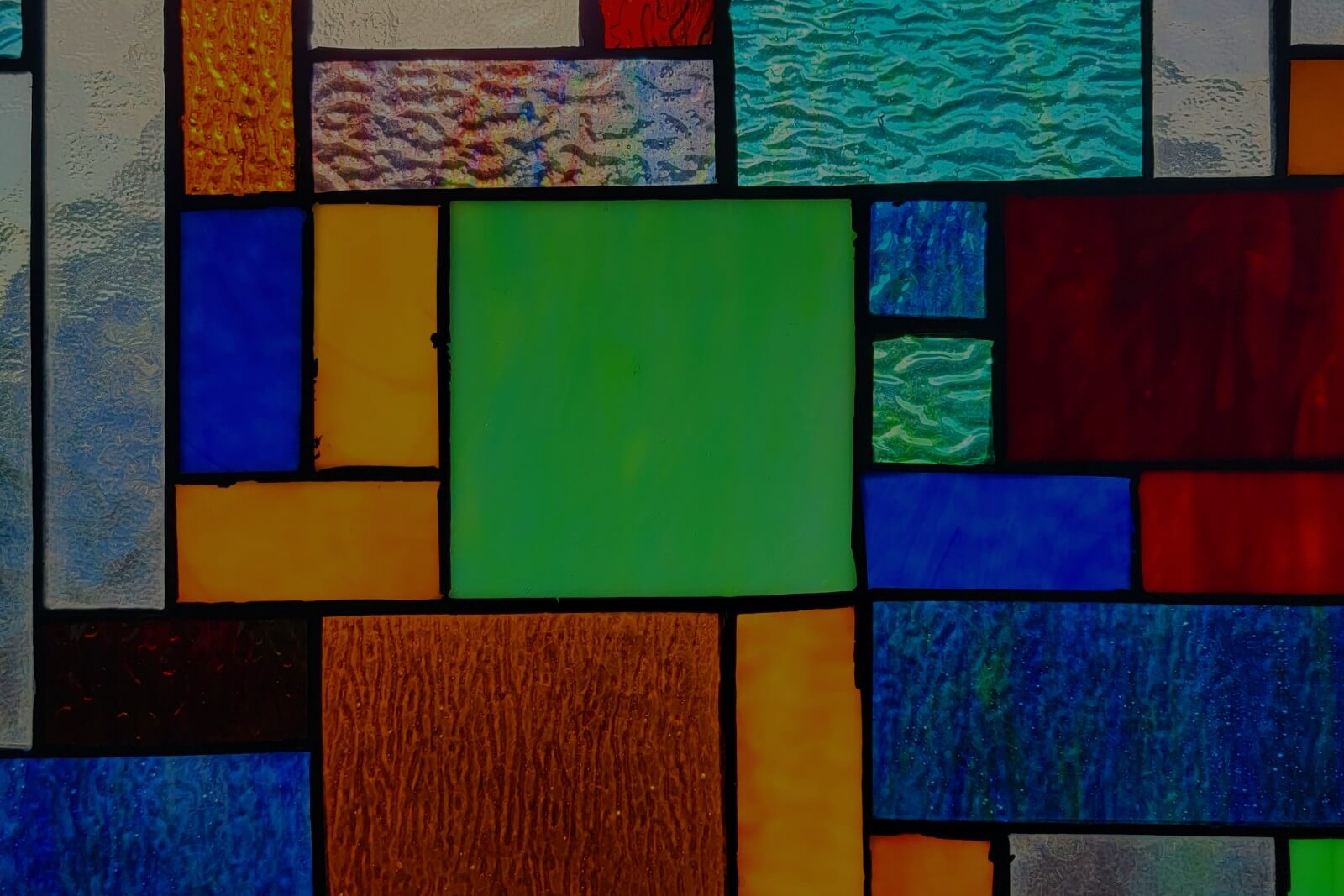
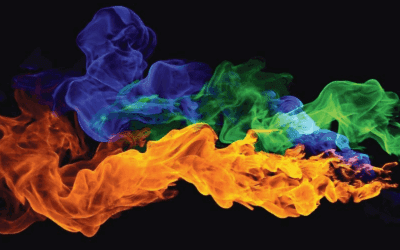
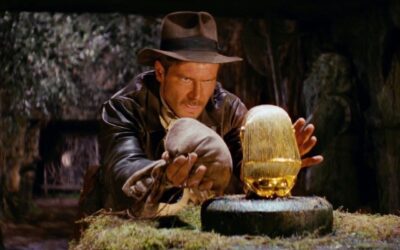
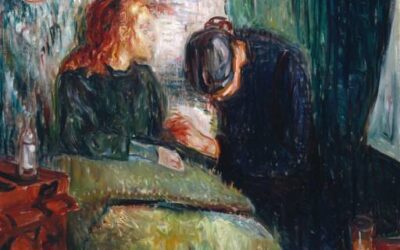
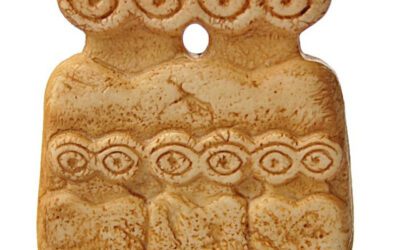

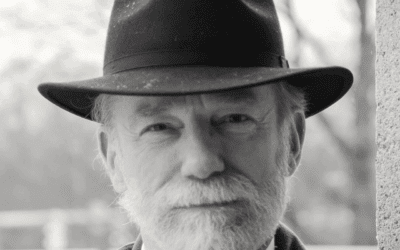
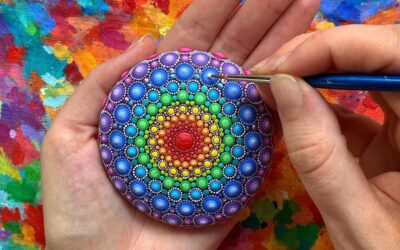



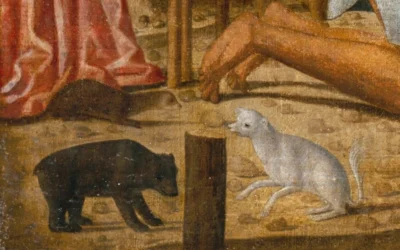

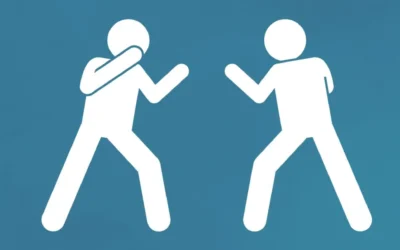
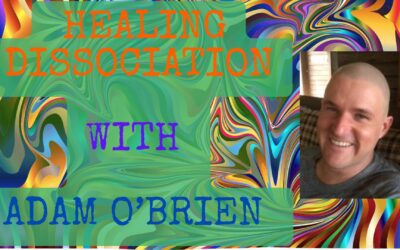
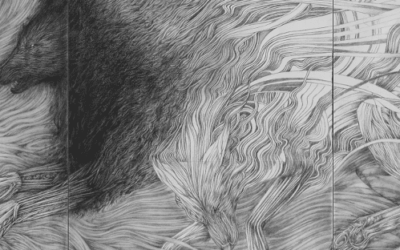
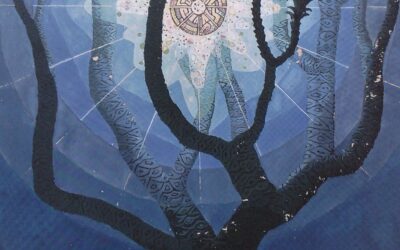
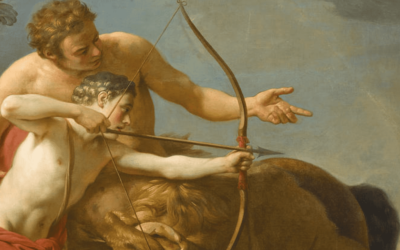


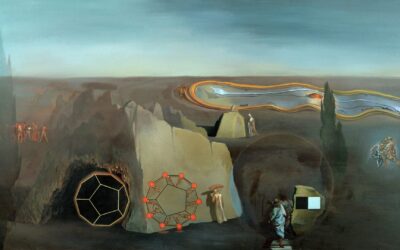
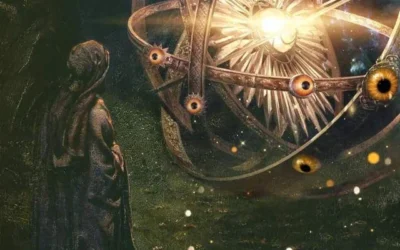

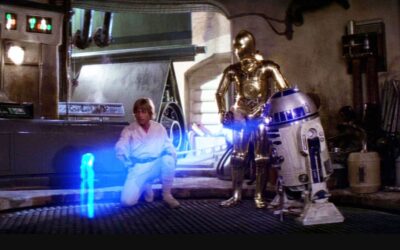

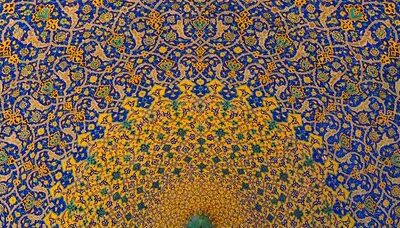
0 Comments